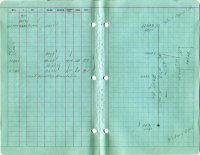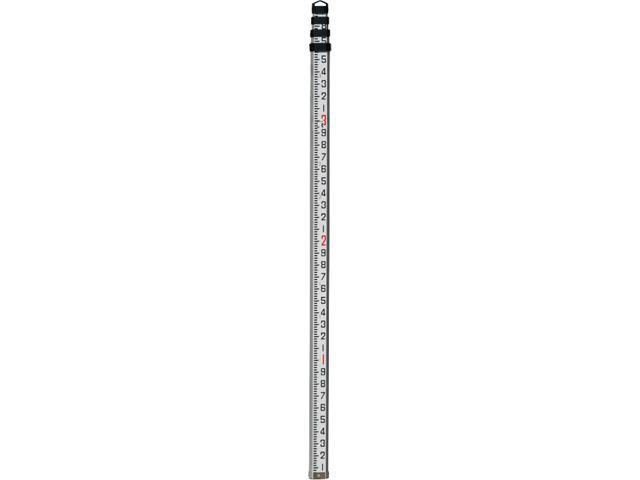moore1289
New Member
Hello All!
I hired a plumber to find my main drain, and they used a fancy snake instrument with a locator tool and they marked the floor where my main drain is located and where it exits the house.
However, when we demo'd the basement floor and dug down 20", we have not found the drain. We have a hole about 20" x 16" and are scratching our heads on what to do at this point.
We located these sewer drawings from the state government archives, but don't know how to interpret them. My house is built onto a hill, so we are wondering if its possible that the drain is just really deep?
Thanks for any help or guidance!
I hired a plumber to find my main drain, and they used a fancy snake instrument with a locator tool and they marked the floor where my main drain is located and where it exits the house.
However, when we demo'd the basement floor and dug down 20", we have not found the drain. We have a hole about 20" x 16" and are scratching our heads on what to do at this point.
We located these sewer drawings from the state government archives, but don't know how to interpret them. My house is built onto a hill, so we are wondering if its possible that the drain is just really deep?
Thanks for any help or guidance!


